|
|
|
|
Svenska |
Welcome to a full day of presentations, performances, readings, micro exhibitions, discussions, and festivities arranged by the independent research group Agentur at Hägerstensåsens Medborgarhus in Hägersten, Stockholm on Saturday October 9, 2021, from noon until late. Everyone is welcome, please register: anmalan@medborgarhuset.se.
Preliminary conclusions of a research project
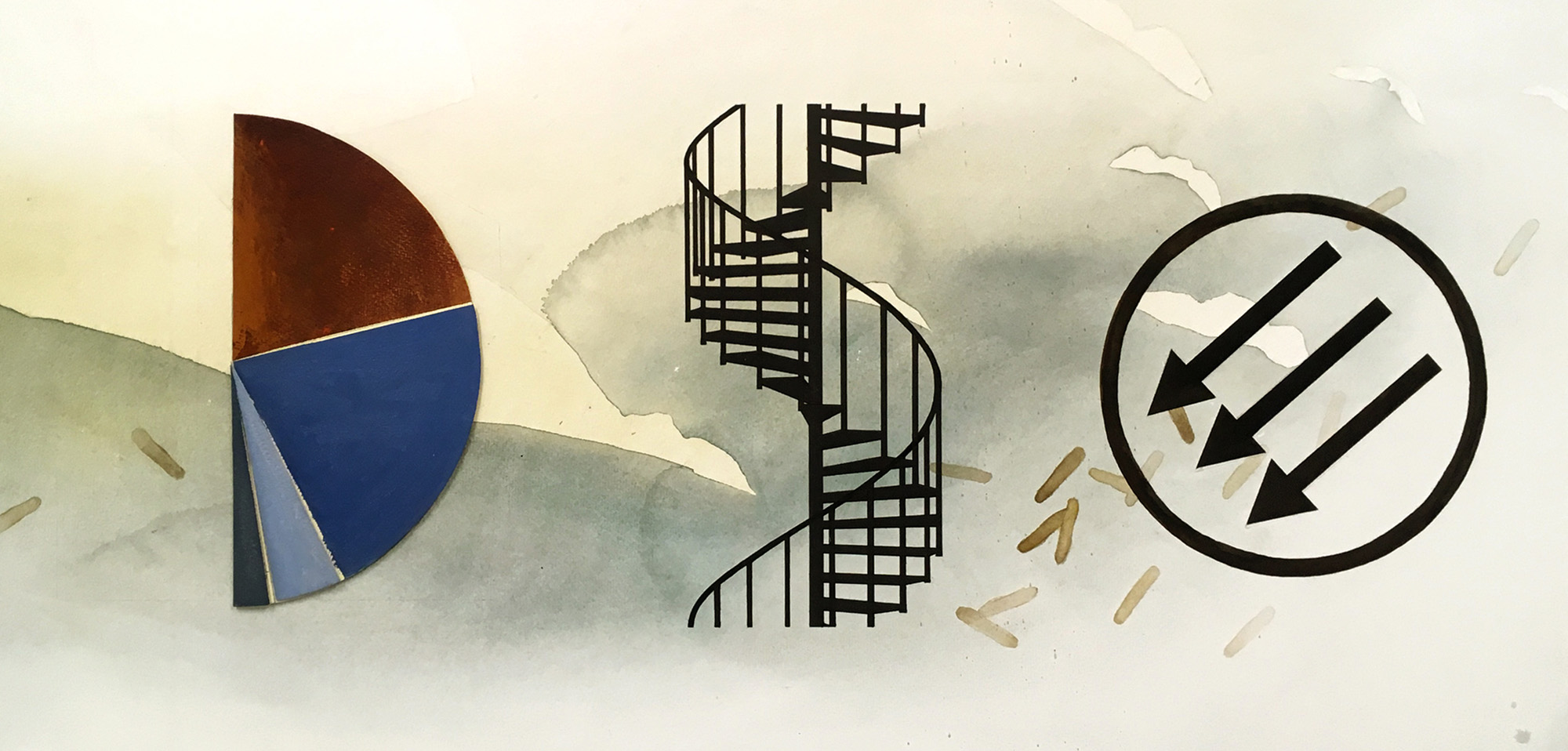
|
“An indefinite development of all cultural forms, a science devoted exclusively to beneficent ends, an art liberated from mercantile demands, which does not serve under the profit motive but fulfils the creative needs of the individual and generates the luxury of collective life – in short: society as a feast, where everything is free, the body as well as the spirit, where leisure is not only a short moment of rest, relaxation, and recuperation, but instead – on account of how modern sciences methodically reduce the time of socially necessary labor – becomes something almost more important than work, becomes the central element of life, becomes that through which the human person can blossom fully.” |
In these words the poet and politician Léon Blum described the ideal society, in a speech in front of a youth organization, in June 1934. The same year saw the emergence of the Popular Front, a coalition of leftwing forces established to form a united front against the rise of fascism. Two years later, that coalition went on to win France’s general election, Blum himself becoming the head of government.
In the research project The Aesthetics of the Popular Fronts, the independent research group Agentur has looked back at the moment of the popular fronts, asking whether the history of their different forms, experiments, promises, and defeats can still be our history today. On the most general level, the group’s method has been the method of critical montage: Can we hold the present accountable in the face of the struggles and the sufferings of the past? Can we hold the past accountable for the contemporary consequences of its ideals?
To celebrate the completion of the project, Agentur, in collaboration with Konstfrämjandet Stockholm, arrange a full day of presentations, performances, readings, micro exhibitions, discussions, and festivities at Hägerstensåsens Medborgarhus on Riksdalervägen 2, Hägersten, Stockholm. During the day and the evening, the group’s members and invited guests will read, show, narrate, perform, and share their preliminary conclusions from the research project The Aesthetics of the Popular Fronts. Please note that most presentations will be in Swedish only.
Program
13.30 |
Emma Kihl: on the political significance of the event |
Opening remarks by Agentur |
|
14.00 |
Emily Fahlén, Jackqueline Frost, and Gustav Strandberg read from and give short lectures on Counter-Attack, Georges Bataille and André Breton’s revolutionary antifascist organization, according to which “we must learn to use our enemy’s weapons” (in English). |
14.45 |
Discussion |
15.00 |
Break |
15.15 |
Rikard Heberling, Elof Hellström, and Samuel Richter present the micro exhibitions Fanfar, fara eller fiktion. Avtryck efter folkfronten i Sverige and Att överta ett kulturarv. Från 1930-talets expressionismdebatt till Motståndets estetik. |
15.30 |
Ingela Johansson presents the micro exhibition Konst som omsorg. |
15.45 |
Christoffer Paues shows fifteen threes, accompanied by a poetico-political speculation. |
16.00 |
Jörgen Gassilewski, Kim West, and Ellen Wettmark give three short lectures on Agentur, the politics of culture and the erosion of mediation. |
16.45 |
Discussion |
17.00 |
Break |
17.45 |
Beata Berggren, Jennifer Hayashida, and Martin Högström present and read from the mail-based magazine frontpoesi, the latest phase in the long revolution of minor poetry publications. |
19.15 |
Break |
20.15 |
Jörgen Gassilewski performs Bertolt Brecht’s play How Much Is Your Iron?, about Sweden’s “neutral” iron ore trade with Nazi Germany during the years around the outbreak of World War II. |
21.00 |
Festivities. DJ Pedram and DJ Kajsa. |
During the day: publications, presentations, and release for Historien är inte slut in the Medborgarhuset library.
Everyone is welcome, please register: anmalan@medborgarhuset.se.
Thanks to Sebastian Dahlqvist, Konstfrämjandet Stockholm, Kulturrådet, Konstfack, Arbetarrörelsens Arkiv och Bibliotek, Fred Wenzel, and our collaborating partners.
Image: Christoffer Paues, Trea nr 7 för folkfronterna, 2021.
On Radio Cyklopen today Friday April 16, 8 pm, release of the new issue of the magazine Tydningen, featuring the first Swedish translation of Simone Weil’s Factory Journal:
A report by Agentur, within the framework of the research project The Aesthetics of the Popular Fronts.
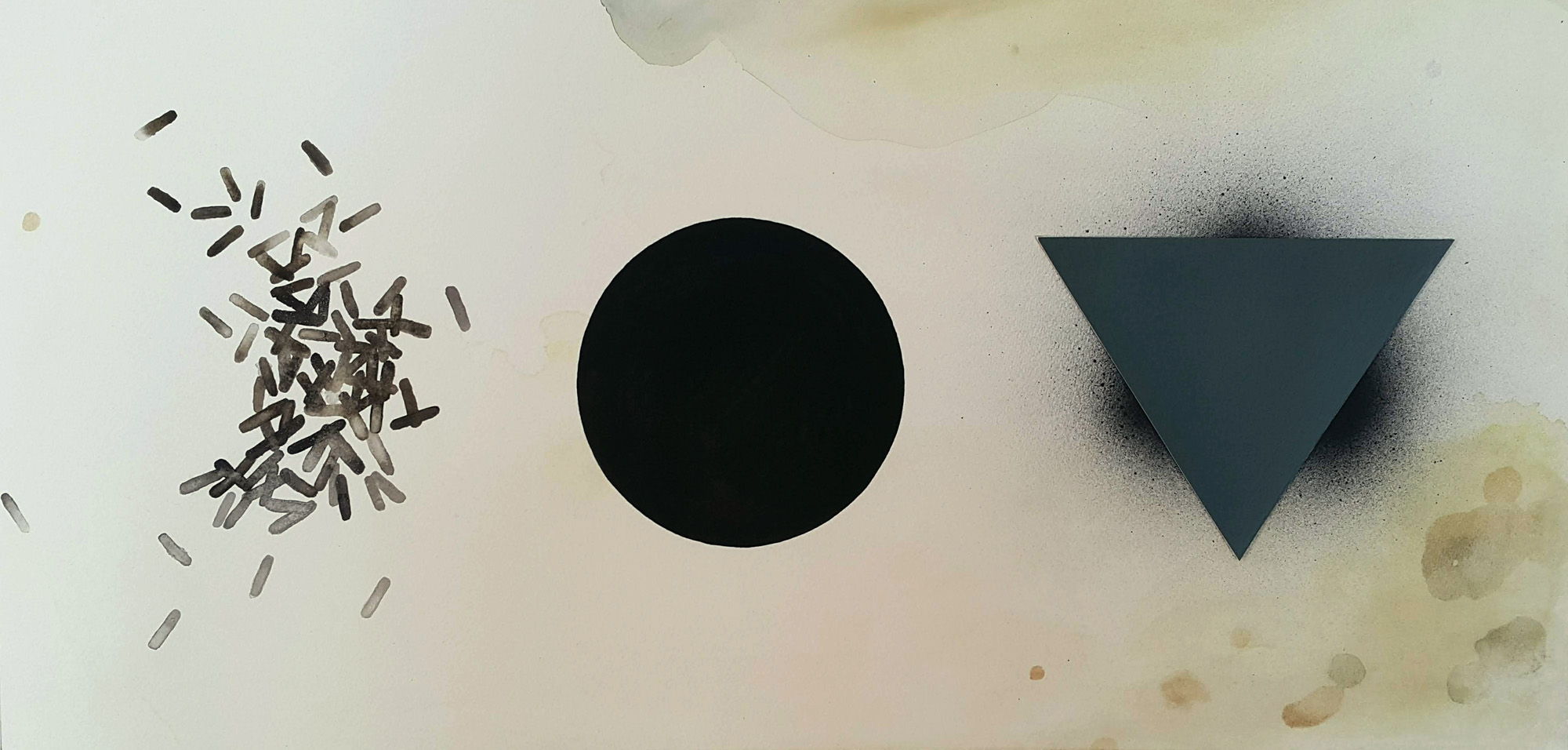
On three occasions the French philosopher Simone Weil takes a leave of absence from her work as a teacher in order to engage in political and philosophical practice. In 1932 she travels to Berlin to report from the elections that will result in Hitler’s rise to power. In 1936 she travels to Catalonia to join an anarchist unit in the Spanish civil war. In between, during the academic year of 1934–35, she takes up employment as an unqualified factory worker at Alsthom and Renault in Paris. Weil rents a room in vicinity of the factories, which manufacture car parts and electrical equipment for trams, and enters into one of the most exposed classes of society: that of unqualified female factory workers.
Agentur’s report The Factory draws on the journal that Simone Weil wrote during her time as a factory worker. It is a text where detailed accounts of piecework fees, minor mishaps, and calculated metal part production rates, are interspersed with shorter reflections on an increasingly slave-like existence. From having regarded the working place as a site for political subjectivation, Weil comes to experience a repression that does not “give rise to a revolt as a direct reaction, but to subordination.” Factory Journal is not “establishing literature” in the strict sense of the term, where the author takes up employment in order to agitate for improved labor conditions. Instead, Factory Journal is the result of an attempt to think philosophically about the conditions of factory work, with the body at stake.
Agentur’s report The Factory draws on Weil’s Factory Journal, which is now published in selection and translation by Martin Högström. Among other things, the report takes the form of an issue of the magazine Tydningen, edited in collaboration with Agentur. Readings from the issue and a conversation with the magazine’s editors, will be broadcast at Radio Cyklopen on Friday April 16, 8 pm. Connect your loudspeakers!
Alongside the translation of a selection from Simone Weil’s Factory Journal, based on the disposition of the text in the critical French edition, the issue contains six newly written contributions, which comment upon, think with, and think against Weil’s text: Burcu Sahin keeps a diary over her reading of Weil; Emma Kihl links Weil to Zora Neale Hurston and Pablo Neruda; Martin Högström establishes a factory conglomerate; the French Simone Weil-expert Nadia Taïbi concludes that the diary is to the story what the factory is to work; Kim West considers how montage aggregates without reducing the many to one; and the editorial board of Tydningen becomes a body entering the factory.
Thank you to Éditions Gallimard and our collaborating partners.
Image: Christoffer Paues, Trea nr 4 för folkfronterna, 2021.
A video based on the special section on the French Popular Front’s House of Culture in the daily Comœdia, 1936, recorded at Cyklopen in Stockholm on November 6, 2020.
Now available on luleabiennial.se, featuring the first full Swedish translation of Bertolt Brecht’s one-act play on Sweden’s politics of neutrality:
A report by Agentur, within the framework of the research project The Aesthetics of the Popular Fronts.
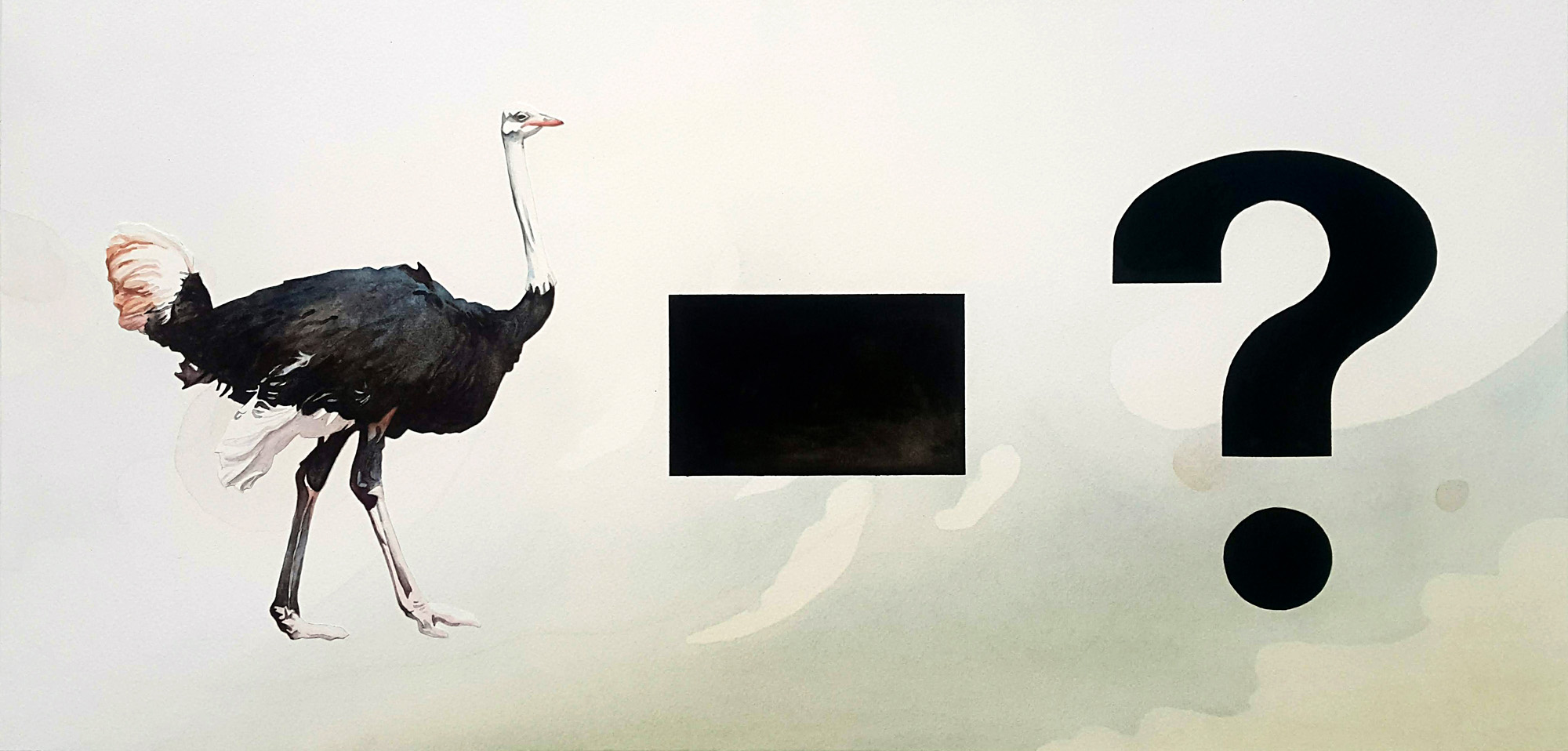
|
SVENDSON: But you see, I’ve only got a small iron business. I can’t get mixed up in the quarrels of the big corporations. Some of my customers might take it amiss if I were to join this kind of organisation. |
During his exile in Sweden between April 1939 and April 1940, Bertolt Brecht wrote the one-act play How Much Is Your Iron?, an allegory over the macropolitical power struggle in Europe around the outbreak of World War II. Brecht was not overly impressed by his temporary homeland: the play is a withering critique of Sweden’s — “Svendson’s” — cynical “neutrality” and ongoing trade relations with Nazi Germany.
But Brecht’s jovial sarcasm reached beyond Sweden’s borders. Beneath the surface of European oppositions and coalitions, he held, there was a hard core of exploitation and class differences. No well-meaning alliances, no cross political popular fronts could remedy this problem. In order to be effective, resistance must instead target the fundamental cause of the crisis: the profit motive and the political and economic structures that upheld it.
How Much Is Your Iron? first premiered within a course for amateur theater leaders at the Tollare People’s University in the summer of 1939, directed by Ruth Berlau. Since then it has been performed several times in Sweden, for example in a production by the Luleå Workers’ Theater. Remarkably, however, no complete Swedish translation of the play has ever been published.
Agentur’s report How Much Is Your Iron? draws on Brecht’s play, which is here presented in a Swedish interpretation by Jörgen Gassilewski, based on the critical German edition. It is a play that reminds us of Brecht’s persisting actuality, but that also confronts us with many of the problems that the famed dramatist faced, about the possibility of realism and the instrumentalism of political art, about accessible popularity and reductive populism, about the necessity of montage and the aesthetics of resistance.
Due to the enduring pandemic, the report How Much Is Your Iron? will until further notice only take the form of a publication: an issue of the Lulu-Journal, guest edited by Agentur. The Lulu-Journal is published in connection to the 2020 Luleå Biennial and provides different ways of approaching the biennial’s theme on the validity of realism today. The issue is now available for downloading and printing on the biennial’s website.
In addition to the Swedish translation of the play, the issue includes eight newly written contributions — five of which are available in English — that comment upon and criticize, think with and think against Brecht’s text: Rikard Heberling writes about the origin and the historical context of the play; Ingela Johansson clarifies Ruth Berlau’s essential role in the play’s production; Martin Högström attempts to live as directed by Brecht; Emma Kihl demonstrates the complexity of the concept of neutrality; Elof Hellström and Samuel Richter test the possibilities of montage and the convolutions of Verfremdung; Ulla Rhedin transmediates Brechtian pedagogics; Jörgen Gassilewski brings realism to life; and Kim West asks: can there be an undivided people?
Thank you to Suhrkamp Verlag and Michele Masucci.
Image: Christoffer Paues, Trea nr 5 för folkfronterna, 2021.
A video based on “The Strike” by Tillie Lerner, recorded at Titanic in Stockholm on October 15, 2020.
A report by Agentur, within the framework of the research project The Aesthetics of the Popular Fronts.

“Our work is not based on the tired old idea of reaching out to the people,” the pen name Virginia wrote in an article in July 1936. “We are the people.” The article was published in the French daily newspaper Comœdia, in a special section devoted to the country’s new Houses of Culture, les Maisons de la Culture. The fourteen articles that made up the section testified to the energy and the wild heterogeneity of the movement: there were texts on mural painting and newly founded film co-ops, lecture tours and people’s choirs, interdisciplinary scientific collaborations and workers’ theaters. Among the authors were several of the most famous writers, artists, and filmmakers of the French 1930s, such as André Malraux, Jean Renoir, and Fernand Léger.
The houses of culture served an essential function in the political project of the Popular Front. What had begun as a series of lectures arranged in the offices of the magazine Commune, turned into a country-wide network of self-organized cultural institutions, with ambitious programs of exhibitions, performances, concerts, and courses. Between 1935 and 1938, over 70 culture houses were founded in France, from Paris to Marseille. As both an institution and an idea, the House of Culture was of critical importance to the Popular Front: it served as an infrastructure for social organization, but also as a model for culture’s role in an equal and just society. The vision of an egalitarian culture embodied in the houses of culture went on to exert an important influence over the development of the cultural policies in the European welfare states.
Culture House Culture House Culture House draws on the special section on the French Popular Front’s House of Culture in the daily Comœdia, which is now published in full in Swedish translation. It is a report on the life of cultural institutions and the future of cultural policy, on decentralized self-organization and centralized state apparatus, on atrophied concepts and vigorous bureaucracies. Can the Popular Front’s houses of culture give us a new perspective on the development of cultural policies in Sweden, from the 1930s until today? Can the study groups and the forms of mediation of the houses of culture teach us something about the changing conditions of the writer in a postdigital public sphere? What would be a house of culture adequate to the social, political, and technological conditions of the present?
With presentations, interventions, lectures, and artistic contributions by Emily Fahlén, Jörgen Gassilewski, Elof Hellström, Pedram Nasouri, Sara Parkman, Kim West, and Ellen Wettmark, we invite to common reflection regarding an important institutional model in the history of modern cultural policy, from the popular front period until today.
Culture House Culture House Culture House is the third in a series of reports produced by the independent research group Agentur, within the framework of the research project The Aesthetics of the Popular Fronts. The reports take the form of public events, arranged at different places and institutions in Sweden and abroad during the fall of 2020 and the spring of 2021; videos based on documentation of the events, directed by Agentur, and published on digital platforms; and printed publications, produced in collaboration with a number of Swedish and international publishing houses, platforms, and magazines.
The event Culture House Culture House Culture House takes place on Friday November 6, 6–8.30 pm, at Cyklopen, on Magelungsvägen 170, Högdalen. Please note that because of the new guidelines from the public health authority, this is now a closed event.
The video Culture House Culture House Culture House, based on documentation of the event, as well as on specifically commissioned presentations, will be published on November 22 on agentur.ooo and cyklopen.se. Press play!
The publication Culture House Culture House Culture House will be published in collaboration with Stockholmstidningen in December 2020. The publication will feature a Swedish translation of the special section on the Popular Front Houses of Culture from the daily Comœdia, as well as essays and artworks based on the contributions to the event and the video. Would you like to read?
Thank you to FWD Fred Wenzel Displayservice, and to our collaborating partners.
Image: Christoffer Paues, Trea nr 3 för folkfronterna, 2020.
A video in five parts based on The Worker’s Days of February 9 and 12 by Marc Bernard, recorded at the art center Mint in Stockholm on September 17, 2020.
A report by Agentur, within the framework of the research project The Aesthetics of the Popular Fronts.
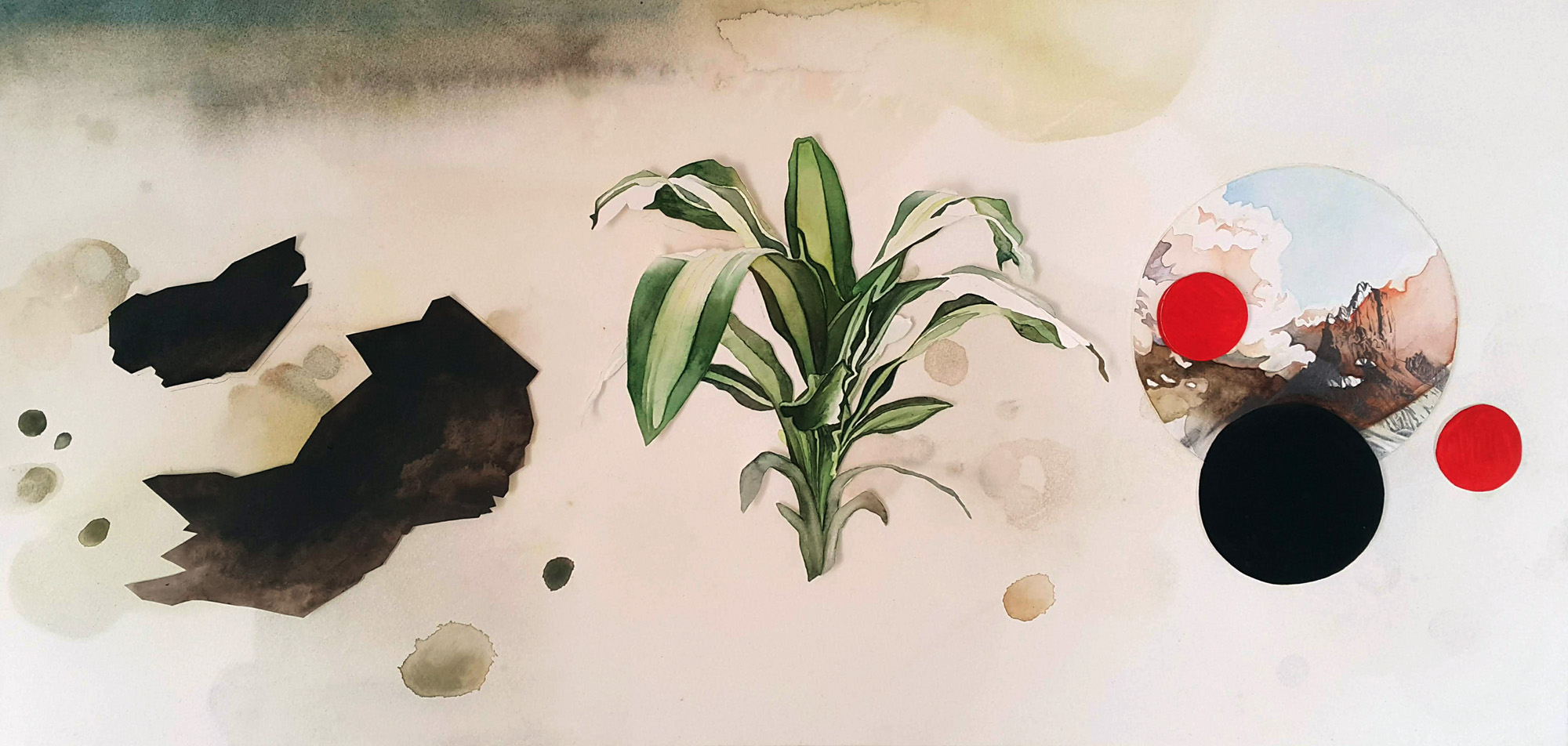
On May 8, 1934, longshoremen coordinate a series of strikes along the US West Coast, from San Diego to Seattle. They are protesting against poor working conditions, and for union recognition. The strikes culminate on Thursday, July 5, known as the “Bloody Thursday”, when shipowners attempt to reopen the San Francisco harbor by force. Two persons are killed and many are injured when police attack the protestors using guns, gas, and truncheons. The following week, San Francisco harbor is paralyzed by a General strike, and during the fall strikes and manifestations follow across the USA. These events signal the emergence of a new social movement: the American Popular Front.
A young writer named Tillie Lerner (later Olsen) is in San Francisco on July 5, 1934. Overwhelmed by the violent scenes, she writes “The Strike”, an account of the events at the harbor, in which she differentiates between writing and political action: “I write this on a battlefield. / The rest, the General Strike, the terror, arrests and jail, the songs in the night, must be written some other time, must be written later…” The text is a stirring report from a decisive political event that points away from writing, postpones its ability to intervene. A separation between writing and political struggle that Tillie Olsen would maintain for many years, while remaining fully devoted to both.
Must Be Written Later draws on Olsen’s text, now published in Swedish translation. It is a report on literary writing and political activism, on class struggle and revenge, on the delays of art and the functions of the strike. With readings, presentations, artistic contributions, and critical commentaries by the American, Paris-based poet Jackqueline Frost, as well as Elof Hellström, Martin Högström, Ingela Johansson, Emma Kihl, and Kim West, we invite to common reflection regarding another central event in the cultural history of anti-fascism.
Must Be Written Later is the second in a series of reports produced by the independent research group Agentur, within the framework of the research project The Aesthetics of the Popular Fronts. The reports take the form of public events, arranged at different places and institutions in Sweden and abroad during the fall of 2020 and the spring of 2021; videos based on documentation of the events, directed by Agentur, and published on digital platforms; and printed publications, produced in collaboration with a number of Swedish and international publishing houses, platforms, and magazines.
The event Must Be Written Later takes place on Thursday October 15, 6–8 pm, at the art center Titanic, on Reimersholmsgatan 5, Stockholm, Sweden. The event will be documented on video. Language: Swedish and English. Please note that due to continued uncertainty regarding the pandemic, the number of seats has been further reduced, and the event is already fully booked. Write to info@agentur.ooo if you want to be added to the waiting list.
The video Must Be Written Later, based on documentation of the event, as well as on specifically commissioned presentations, will be published in November on agentur.ooo and titanic.nu. Have a look!
The publication Must Be Written Later will be published by Chateaux in November 2020. The volume will contain Tillie Olsen’s text in Swedish translation, along with essays and artworks based on the contributions to the event and the video. Incendiary but also thought-provoking reading!
Many thanks to our collaborating partners.
Image: Christoffer Paues, Trea nr 2 för folkfronterna, 2020.
Welcome to an evening of lectures and presentations arranged by the independent research group Agentur, at the art center Mint in Stockholm on Thursday, September 17, 2020, 5 pm. Please note that the number of seats is very limited! RSVP vital!
A report by Agentur, within the framework of the research project The Aesthetics of the Popular Fronts.
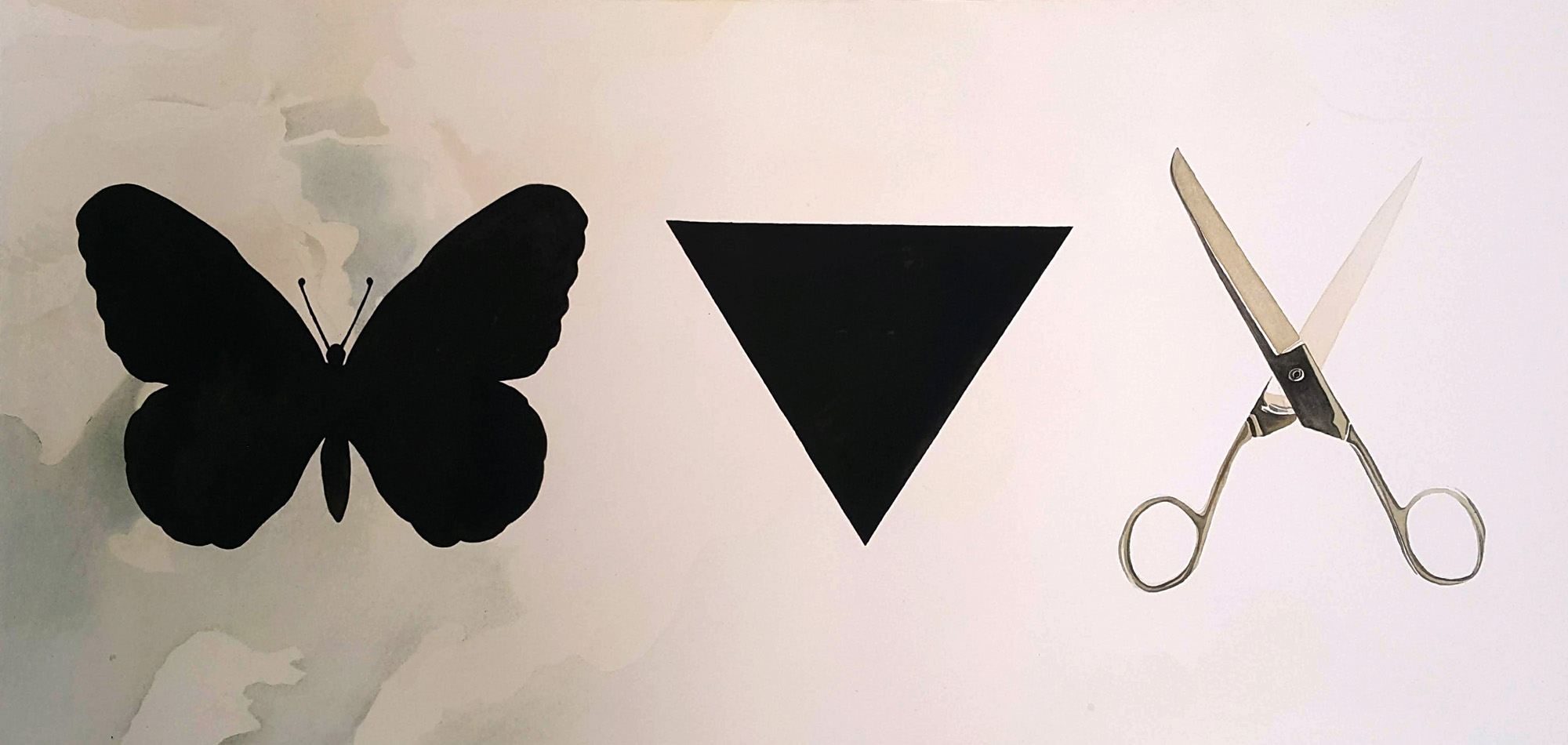
On February 12, 1934, tens of thousands of people took to the streets in Paris, to protest against the advances of fascism. A few days earlier, extreme right and royalist organisations had held a large manifestation in the city, which had deteriorated into deadly riots and an improvised coup attempt. The threat was real: European fascism was gathering its forces. At the same time, the opposition was hopelessly fragmented. Liberals, social democrats, and communists were set violently against each other. Would their separate demonstrations collide in new street fights, in evidence of the paralysis of the opposition?
In March of the same year, the author Marc Bernard published his account of the events of those days, The Workers’ Days of February 9 and 12. In this short book – the mythical and mythologizing foundational text of Popular Front literature – Bernard documents what happened then, in careful detail. The demonstrations did not collide, they were united into one. The opposition set their differences aside in favor of a united front against a common enemy. The French Popular Front was created, and its model soon spread to other countries and continents. A chapter was opened in the history of anti-fascist organization.
History Is Not Over (February 12, 1934) takes its cue from Bernard’s text, which is now for the first time published in Swedish translation. It is a text that poses questions to the present: Is it still possible to think unity in resistance as a political and aesthetic principle? Is there still a progressive tradition that we can draw upon, and that stretches back to the moment of the popular fronts? If so, what continuities can we invoke? What discontinuities must we assert? With readings, presentations, artistic contributions, and critical commentaries by Emily Fahlén, Jörgen Gassilewski, Martin Högström, Ingela Johansson, Emma Kihl, Samuel Richter, Kim West, and Ellen Wettmark, we invite to common reflection regarding a central event in the cultural history of anti-fascism.
History Is Not Over (February 12, 1934) initiates a series of reports produced by the independent research group Agentur, within the framework of the research project The Aesthetics of the Popular Fronts. The reports take the form of public events, arranged at different places and institutions in Sweden and abroad during the fall of 2020 and the spring of 2021; videos based on documentation of the events, directed by Agentur, and published on digital platforms; and printed publications, produced in collaboration with a number of Swedish and international publishing houses, platforms, and magazines.
The event History Is Not Over (February 12, 1934) – an evening with readings, presentations, critical commentaries, and discussions – takes place on Thursday September 17, 2020, 5–8 pm, at the art center Mint, located at the Workers’ Education Association (ABF), Sveavägen 41, Stockholm, Sweden. There is a very limited number of open seats for this event. RSVP to info@agentur.ooo (first come first served). Please note that the event will be documented on video. Language: Swedish. Welcome!
The video History Is Not Over (February 12, 1934), based on documentation of the event, as well as on specifically commissioned short films and presentations, will be published on October 15 at m-i-n-t.se and agentur.ooo. Tune in!
The publication History Is Not Over (February 12, 1934) will be published in the fall. The volume will contain Marc Bernard’s book in Swedish translation, together with essays and artworks based on the contributions to the event and the video. A joyful foray into the intellectual landscape of deep anachronism!
Thanks to Fabrique éditions, Stella Magliani-Belkacem, Michele Masucci, Benjamin Thorel, and our collaborating partners.
Image: Christoffer Paues, Trea nr 1 för folkfronterna, 2020.